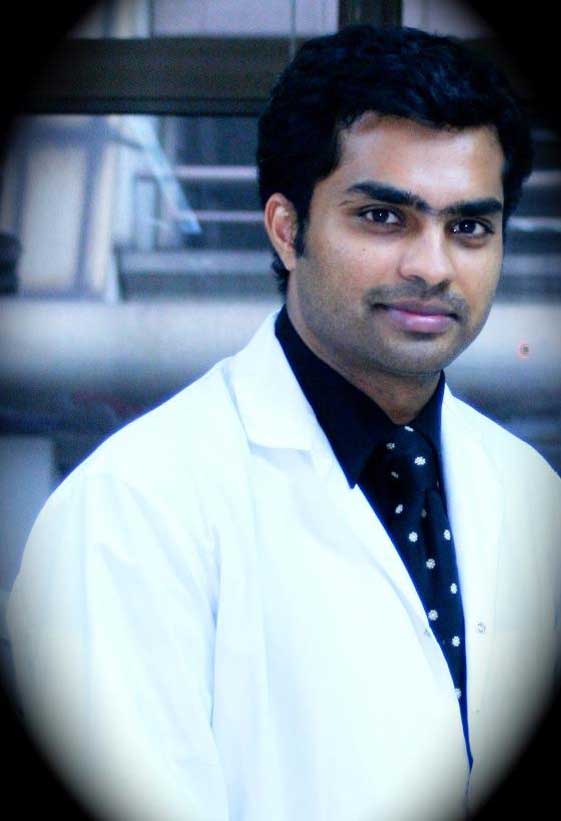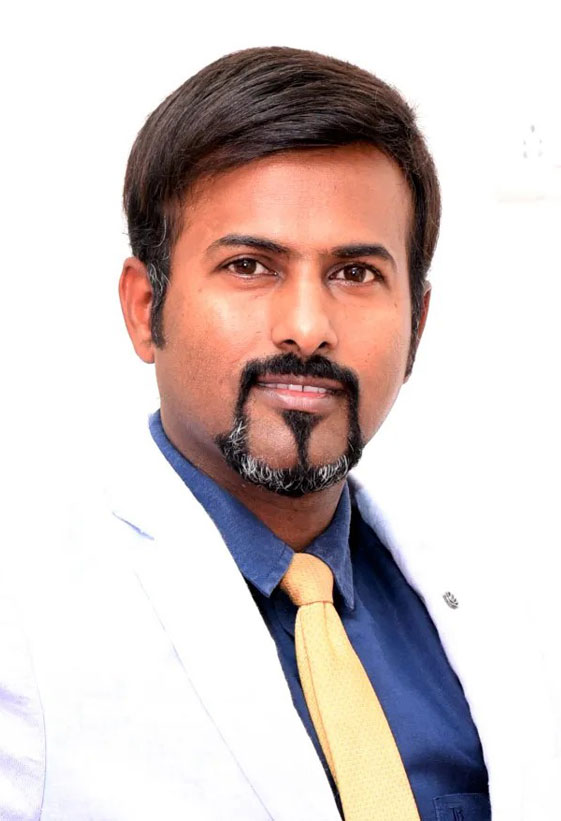



Welcome to Vibha Dental Care Centre
A Multispeciality Dental clinic with an exclusive child dental unit, is located in the Heart of the IT city of Bangalore. We thank you for choosing our centre to provide relief to your dental ailments. We assure you that your experience at our centre will be a pleasant one. ...
READ MORE
5000+
Implants Completed
250+
Full mouth case done
20+
Yeards of experinece
10000+
Happy Faces
EVERY CHILD DESERVES A HEALTHY SMILE
The Clinic has been Awarded the "Most Promising Dental Clinic in Domlur, Bangalore", By NDTV Profit at the Business & Service Excellence Awards 2012.

Services
A Multispeciality Dental clinic with an exclusive child dental unit, is located in the Heart of the IT city of Bangalore. We thank you for choosing our centre to provide relief to your dental ailments. We assure you that your experience at our centre will be a pleasant one.
READ MORE
General Dentistry
People have two sets of teeth in their lives, the primary teeth (also called the baby, milk or deciduous teeth) and the permanent teeth (also called the adult or secondary teeth). Children have 20 primary teeth; they are replaced by the permanent teeth by about age 13. Adults have 32 permanent teeth.
READ MORE
Pediatric Dentistry
Please explore our site, particualry this section, with your children if possible. It has been constructed with them in mind to provide information, education, and to answer many questions you may have about children's dental problems and how to effectively address them.
READ MOREOur Doctors

Dr. Sandhya Karthik, B.D.S
Principal Dentist
Specialisations: Endodontics, Cosmetic Dentistry, Functional Aesthetic Dentistry, General Dentistry, Periodontics, Restorative Dentistry.

Dr Karthik Venkataraghavan, M.D.S, F.P.F.A (USA)
Pediatric Dentist
Specialisations: Pediatric Dentistry (Pedodontics), Restorative Dentistry, Special Care Dentistry

Dr Akshai Shetty.K.R, M.D.S, M Orth R.C.S.Ed (U.K)
Orthodontist
Specialisations: Orthodontics, Cleft Lip & Palate management

DR. SUDHAKAR REDDY.K
BDS, MDS, FICOI, DICOI (U.S.A),WCOI (JAPAN) t
Specialisations: Oral & Maxillo Facial surgeon & Implantologis
![]()
Dr. Adarsh.C.M, M.D.S, D.N.B
Oral & Maxillofacial Surgeon & Implantologist
Specializations: Oral and Maxillofacial Surgery